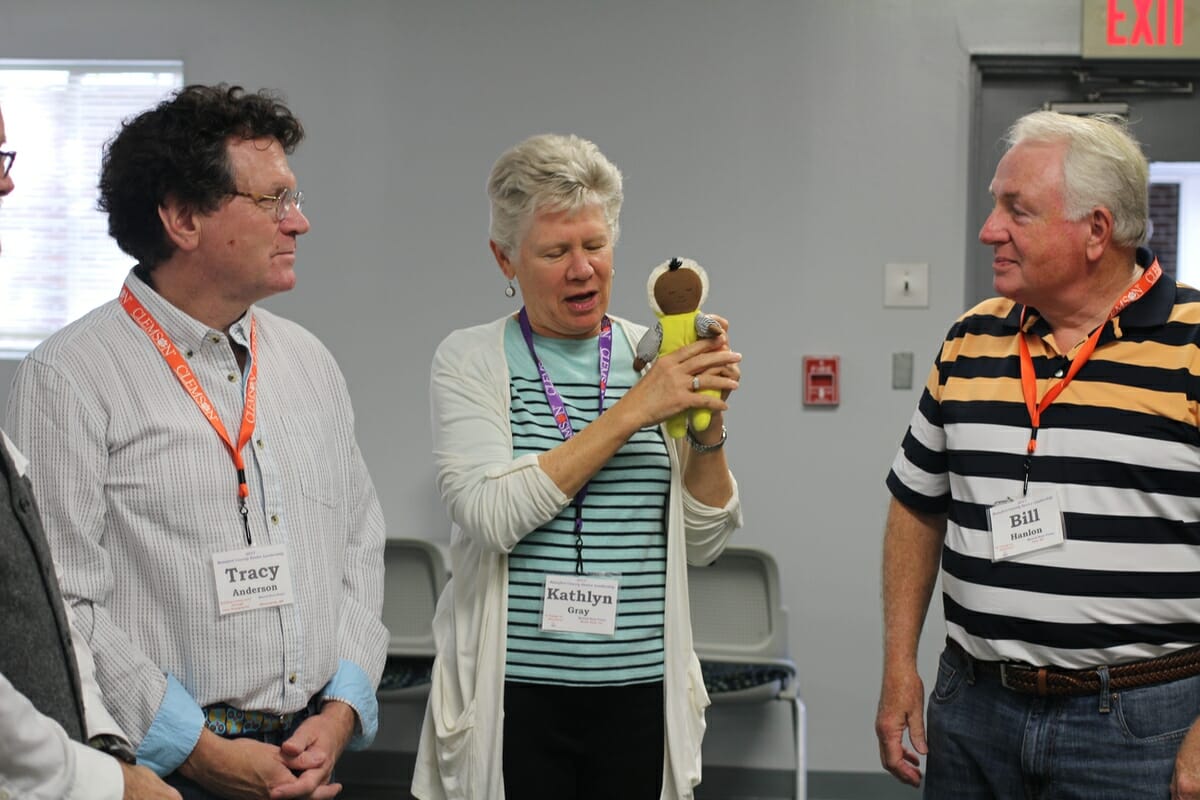By the Lady’s Island Business and Professional Association
The city of Beaufort recently announced its intention to annex a private golf course and 10 businesses along Sea Island Parkway.
Hilton Head is considering annexing an undeveloped island.
With this in mind perhaps another look at South Carolina annexation laws is in order.
The first thing that must be remembered in regard to annexation in South Carolina is that for a municipality to consider annexation of a piece of unincorporated property it must be contiguous to property already in the municipality.
The word “contiguous” is not defined as simple as it sounds. For example, if the two properties are linked by water and a line of sight can be established, that has been defined as contiguous properties.
In an effort to achieve contiguous status to property some extreme cases have occurred in recent years in Beaufort County. For example, a municipality, in an unsuccessful effort to bring a large piece of undeveloped property into the town, annexed a 20-foot strip of land in a property that served as an alleged connection between the undeveloped property and the municipality.
This contiguous requirement is also responsible for what is commonly referred to as “shoe string” annexations in which a series of smaller properties are annexed to allow achievement of a contiguous status to a larger and more desirable piece of property.
The second thing which should be noted is that South Carolina annexation law, as a general rule, requires the property owner to request the annexation and does not allow a municipality to annex property without concurrence of the property owner.
The restrictive nature of this requirement places a burden on South Carolina municipalities in regard to growth and planning for growth. North Carolina law allows annexation when growth reaches an established point of density in contiguous property and does not require property owner concurrence or approval.
At the present time in South Carolina, the three ways a municipality can annex a piece of contiguous property are:
1. The property owner(s) request to be annexed.
2. When there are multiple property owners such as a subdivision or community and 75 percent of homeowners or businesses owning 75 percent of the assessed valuation of the property request to be annexed.
3. When 25 percent of the property owners petition for a special election on the question of annexation and if the results of the election supports annexation such action can be accomplished by ordinance.
These restrictions on annexation do an excellent job of protecting the rights of individual property owners. However, it makes the planned and orderly growth of a municipality almost impossible. This is especially true in Beaufort County since a common annexation enticement for property owners outside of the municipal boundaries are water and sewer services.
Since Beaufort-Jasper Water & Sewer Authority is an independent entity responsible for providing these services this is not an enticement for annexation available to our local municipalities. As a result, more liberal development standards are often utilized as an enticement to annexation.
In the recent annexation of commercial property on Lady’s Island, the city of Beaufort used a combination of a “stick and carrot” approach by inviting annexation by request (No. 1 above) with an enticement of a single payment equivalent to three years of property taxes or reimbursement of a portion of the property taxes on a declining scale for a period of seven years.
The stick aspect was to advise the targeted property owner that the city (in this case) had the alternative to annex their property without their request under the 75 percent/25 percent rule (No. 2 above). Reportedly all of the property owners involved in the recent annexation chose the carrot over the stick method.
Another frustrating aspect of the present annexation laws is the increasing number of parcels of property (commonly called doughnut holes) which are surrounded by municipal property but remaining unincorporated.
Recently there have been some efforts in the state legislature to allow municipalities to annex existing doughnut holes ranging up to a maximum size of 25 acres but to date the effort has not been able to gain support.
The annexation laws of South Carolina are outdated and need to be brought into modern times. However, it is not likely to happen in the near future because there is very little popular support for such changes.
As a result, Lady’s Island can anticipate continuing to be a blended community with most of the commercial portion in the city of Beaufort and most of the residential portion remaining in the unincorporated portion of Beaufort County.








